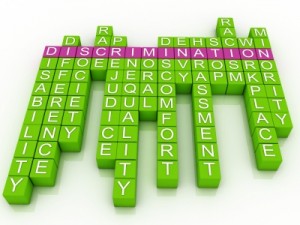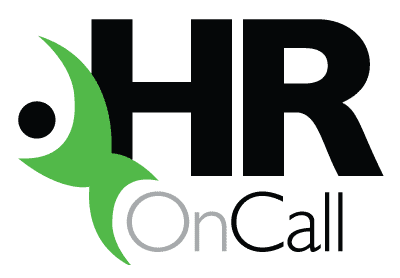[et_pb_section transparent_background="off" allow_player_pause="off" inner_shadow="off" parallax="off" parallax_method="off" custom_padding="0px|0px" padding_mobile="off" make_fullwidth="off" use_custom_width="off" width_unit="on" make_equal="off" use_custom_gutter="off"][et_pb_row][et_pb_column type="4_4"][et_pb_text admin_label="Text" background_layout="light" text_orientation="left" use_border_color="off" border_color="#ffffff" border_style="solid"]
Let’s begin by saying everyone has a right to fair treatment in the workplace. We can uphold these principles best by knowing what discrimination and harassment is and creating good policy to prevent them. As mentioned in our previous post New Year, New Risks, New Policies - its a great time to either develop or update your existing policy.
What is the difference between discrimination and harassment?
The Human Rights Commission describes unlawful discrimination occurring “when someone, or a group of people, is treated less favourably than another person or group – this can be either direct or indirect.”
Sometimes, people experience discrimination around their:
- Age;
- Gender;
- Parental status;
- Marital status;
- Disability, and;
- Race
Unlawful harassment occurs when “someone [is made to] feel intimidated, insulted or humiliated because of their race, colour, national or ethnic origin; sex; disability; sexual preference etc.”
It’s also harassment if someone is working in a “‘hostile’ – or intimidating – environment”. As sexual harassment is a large topic, I will cover this in blog #4 covering all the important elements.
When can discrimination happen?
Discrimination may occur during employment but also during the recruitment process. For example, when you advertise a role you may say it requires ‘5 years’ experience.’ Instead, say your ideal candidate requires ‘demonstrated experience.’ Discrimination may also occur during selection.
A good example of how discrimination may occur prior to employment is the case against discount airline Virgin Blue. In this case, Virgin Blue asked a recruiter to look for flight attendant candidates with ‘Virgin Flair’.
The Queensland Anti-Discrimination Tribunal found the company discriminated based on age, as younger people would most likely demonstrate this character.
Other kinds of discrimination can be demonstrated through: offering training to some but not others, who you promote and who you make redundant.
How you can avoid discrimination?
The Human Rights Commission has a best practice guide. The guide covers advertising a role right through to the selection of the candidate (includes references). This helpful document is found at The Human Rights Website
Another crucial fact to remember is as an employer, you are responsible for the health and safety of your employees. Breaches under the Workplace Health and Safety Act will incur penalties.
There are so many things to think about when you are managing your business. A great place to begin is ensuring you have robust policies as a framework for managing your employees.
HR On Call™ can provide you with a wide range of services from developing your HR policies and providing HR training. For more information, contact 1300 872 566.
[/et_pb_text][et_pb_text admin_label="Tag Cloud" global_module="1581" background_layout="light" text_orientation="left" use_border_color="off" border_color="#ffffff" border_style="solid" custom_padding="||0|" module_id="tagspace" saved_tabs="all"] Tags
[the_tags][/et_pb_text][/et_pb_column][/et_pb_row][/et_pb_section]


